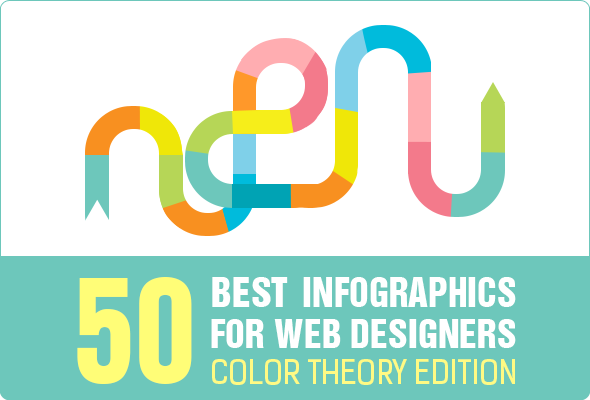Prepare Yourself To Trip With Time And Discover Just How Internet Sites Have Actually Become More Sophisticated, Straightforward, And Aesthetically Stunning
Prepare Yourself To Trip With Time And Discover Just How Internet Sites Have Actually Become More Sophisticated, Straightforward, And Aesthetically Stunning
Blog Article
Author-Rasmussen Peters
In the past, web sites were straightforward and focused on info. Suggested Webpage was straight, and layout was for desktop computers. Now, customer experience is crucial. Information guides designs for very easy navigation. Receptive layouts match various gadgets. Today, dark mode minimizes strain, and minimal menus enhance navigation. Interactive attributes involve users, and strong visuals attract attention. AI integration boosts engagement. See just how style has developed to improve your on-line trip.
Very Early Days of Web Design
In the very early days of web design, simplicity reigned supreme. Internet sites were fundamental, with restricted colors, typefaces, and formats. The focus was on giving info as opposed to fancy visuals. Customers accessed the net via slow dial-up links, so rate and performance were crucial.
Navigation menus were straightforward, generally located on top or side of the page. Websites were made for desktop computers, as mobile browsing wasn't yet prevalent. Material was king, and developers prioritized easy readability over complicated style components.
HTML was the main coding language utilized, and developers needed to function within its restrictions. Animations and interactive attributes were minimal contrasted to today's requirements. Websites were static, with little dynamic web content or individualized individual experiences.
Increase of User-Focused Style
With the advancement of internet site style, a shift in the direction of user-focused design concepts has become increasingly prominent. Today, developing web sites that focus on user experience is critical for engaging visitors and attaining company objectives. User-focused layout includes comprehending the demands, preferences, and actions of your target market to tailor the web site's layout, content, and includes accordingly.
Developers currently perform detailed study, such as individual studies and functionality testing, to gather insights and responses directly from users. This data-driven method assists in producing user-friendly navigating, clear calls-to-action, and aesthetically enticing interfaces that resonate with site visitors. By positioning the customer at the facility of the design process, internet sites can supply an extra individualized and delightful experience.
Receptive layout has actually also emerged as an essential element of user-focused style, making certain that web sites are maximized for different gadgets and display sizes. This adaptability enhances accessibility and use, satisfying the varied ways customers communicate with internet sites today. Essentially, the increase of user-focused style symbolizes a shift in the direction of creating electronic experiences that focus on the needs and assumptions of completion user.
Modern Trends in Web Design
Check out the latest fads forming website design today. One famous fad is dark setting style, supplying a streamlined and modern-day look while lowering eye strain in low-light settings. One more essential pattern is minimal navigating, streamlining menus and improving individual experience by concentrating on essential elements. Including micro-interactions, such as animated switches or scrolling results, can produce an extra engaging and interactive web site. Receptive layout stays vital, guaranteeing smooth customer experiences across numerous devices. Additionally, using bold typography and asymmetrical designs can include visual passion and draw attention to details material.
Incorporating AI innovation, like chatbots for customer assistance or individualized referrals, enhances user engagement and improves processes. Access has also end up being a substantial fad, with developers focusing on inclusive design techniques to accommodate diverse user demands. Welcoming sustainability by maximizing website performance for rate and effectiveness is another emerging trend in website design. Collaborating with customer feedback and data analytics to iterate and enhance style constantly is essential for staying pertinent in the ever-evolving electronic landscape. By embracing these contemporary patterns, you can develop an aesthetically appealing, straightforward website that reverberates with your audience.
Conclusion
As you review the evolution of website style from the very early days to now, you can see how user-focused design has ended up being the driving pressure behind modern-day fads.
Welcome the journey of adjustment and adjustment in website design, always maintaining the customer experience at the center.
Stay present with the latest fads and modern technologies, and never ever quit evolving your method to produce visually spectacular and straightforward websites.
Progress, adapt, and produce - the future of website design is in your hands.
